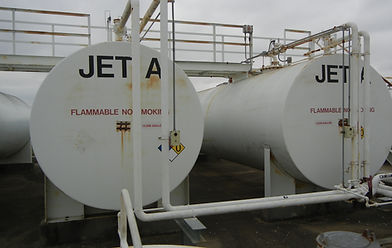
Here comes Autumn!


It is said, that if you don't like the weather in the Midwest, just wait a few hours, it will change. That seems correct these days. Last week I had the air conditioning on in the afternoons as it was in the 80's (°F) in the afternoons. Then in the evenings I was opening the windows to catch the cool evening breezes. By morning I was closing the windows because it was too chilly. This week I have pulled out the hoodies and am contemplating turning on the furnace! The leaves are still greenish, but have taken on that green yellow color that suggests that the burst into orange and red is not far behind. The local coffee shops have begun selling the ubiquitous pumpkin spice flavors, and I have a mug of hot apple cider and a cake donut at the ready.
Obviously, the biggest question on everyone's minds is the US Government shutdown. While we at Baere wait with the same bated breath as just about everyone, we are fortunate in that our current government contract is fully funded and as such we continue working without (much) change. It has slowed down new aviation gasoline contracts for testing, but the efforts already in place are continuing. We are all aware that the 2030 deadline is not going to move because the U.S. senators and representatives are arguing budgets. We are hopeful that the RFP's for the full-scale work will be released soon. In the meantime, focused comparative studies have been contracted and are underway.
In the meantime, Baere continues to provide fuel services for the civilian market as well. Whether that is facilitating the commissioning of a new fuel storage tank, or supporting the operations of aerospace turbine engine manufacturers, we are staying busy! One of our biggest challenges this quarter is leading a team to address identified shortcomings with the ASTM D5001 Ball on Cylinder Evaluation method. For most of my career, the BOCLE test was a niche test which about eight of us regularly ran. It is very good at predicting wear in smaller fuel system components, but not so much for things like fuel pumps or the rail on a diesel engine. So, the method sort of 'hung out' and was not a particularly 'busy' standard. But now that there are multiple organizations preparing synthetic aviation turbine fuel blending components, an increasing number of manufacturers are running the test. and interest in developing new instruments is growing. This means the method is being used a great deal more often, and all those 'little things' the few of us sort of knew were there but worked around? Yeah, well, they are being stumbled over by a growing number of people. And so, that is my newest work item. Fortunately, I have a great team and we are moving fast to address those short comings before they cause too much trouble.
In the meantime, we are fully aware that 4Q disappears quickly, what with holidays and 4Q meetings that eat up the available time like PacMan ® munching dots around the corners. This means Baere has a great deal to get done in the next 8 weeks! And still find time for everyone to enjoy a pumpkin spice donut in front of a crackling campfire! Here we go! And if there are fuel related projects which Baere might be able to assist you with, check out our "Services" page and/or use our submission link to send us your questions. We always look forward to a new aviation fluid challenge!



